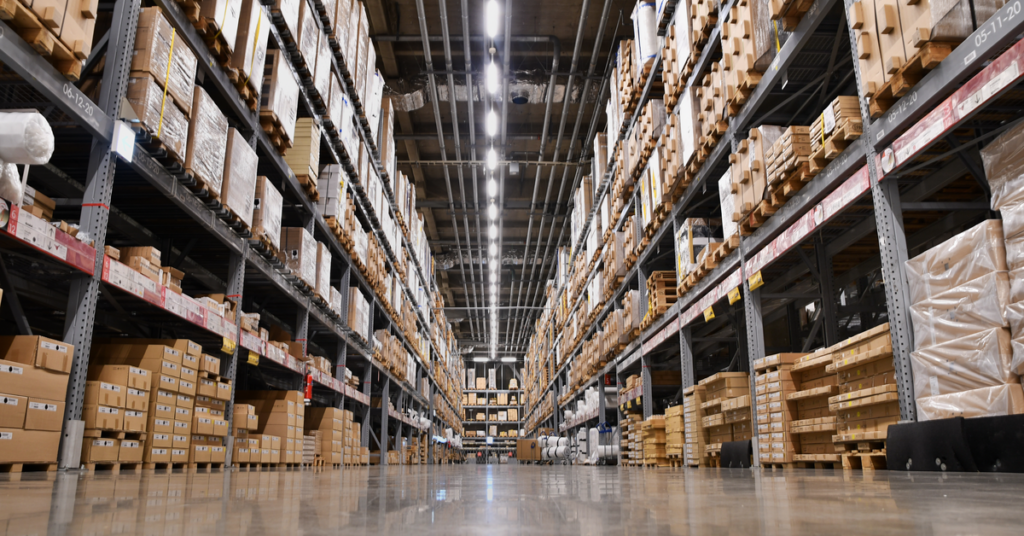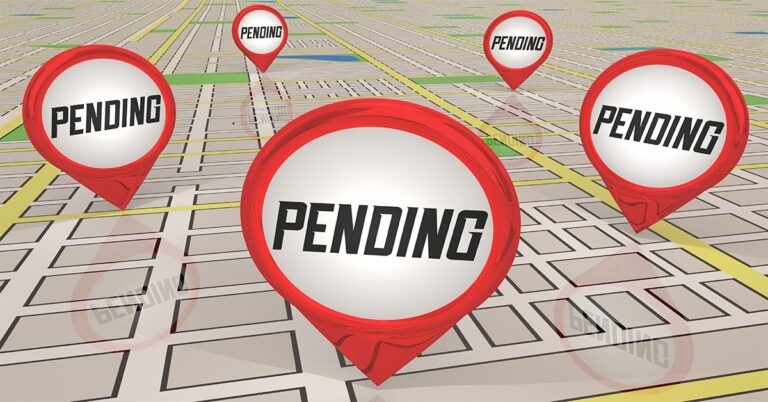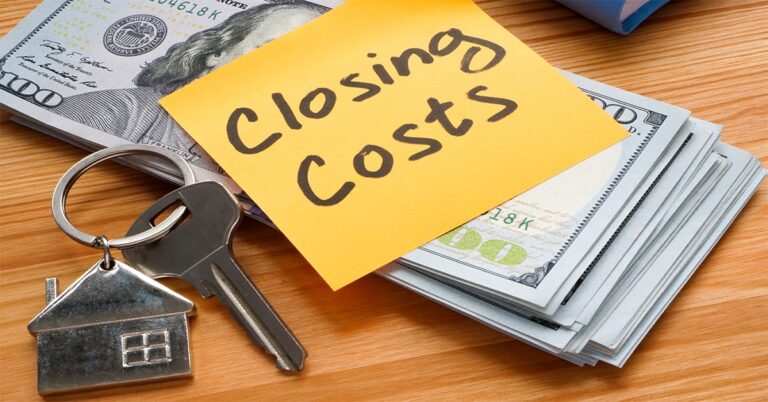Despite doom and gloom across other major commercial asset classes, the industrial real estate sector has remained a consistent source of strong property performance since the start of the COVID-19 pandemic.
According to new figures from Yardi Matrix, national average industrial property rents reached $7.15 per square foot in March, a new record high after increases each month over the past year. March rents were up 7.1% year over year and grew by 2% (about 14 cents) in the first quarter alone. And the average for new leases signed in the past 12 months was up to $9.24 per square foot through March, an increase of 15 cents from February.
Large port markets or areas supporting port markets remain atop the rent-growth leaderboard. California’s Inland Empire, which saw asking rents rise 16.3% year over year, Los Angeles (13.1% annual growth) and Orange County (7.6%) continue to benefit from proximity to the lucrative ports of Los Angeles and Long Beach. But with shipping moving east, Boston (9.7%); New Jersey (8.6%); Bridgeport, Connecticut (8.3%); and Miami (7.6%) also saw robust gains.
Rents are being boosted by exceptionally low vacancy rates, with the national rate at 3.9% and only seven of the country’s top 30 industrial markets at or above 5%. Port markets and shipping hubs in the West and Midwest lead the way, topped by Columbus, Ohio (1.2%); the Inland Empire (1.7%); Phoenix (2%); Los Angeles (2.3%); and Indianapolis (2.4%).
Demand for space could be moderating, Yardi observed, with some large companies reconfiguring their distribution chains as they wrangle with rising expenses. At the top of the list is Amazon, which announced in late April that it was switching from a national fulfillment model to a regional one, organizing its logistics network around eight hubs. Amazon CEO Andy Jassy has already noted results on a recent earnings call, saying that “not surprisingly, shorter travel distances means lower cost to serve and customers getting their orders faster.”
Jassy and other company executives said that Amazon’s capital costs in 2023 will decrease substantially from the $59 billion it spent last year, with the bulk of that savings coming through reduced investments in its fulfillment network. Moves made by the e-commerce giant are widely watched throughout the industrial sector and are sure to make ripples, if not waves. But demand remains “firmly positive,” per Yardi. Deal movement slowed due to the larger economic picture, with a meager $7.7 billion in sales closed in the first quarter, the lowest figure since 2016 and a fraction of the $20.5 billion in sales in Q1 2022. But per-unit industrial sales prices are staying strong, hitting $133.77 per square foot — the highest price on record.







